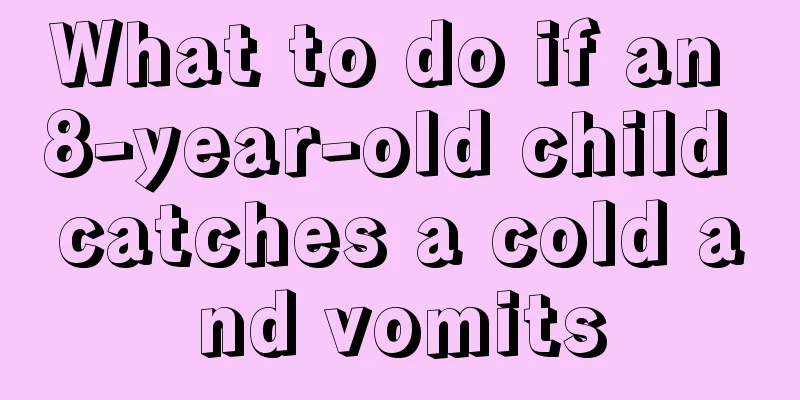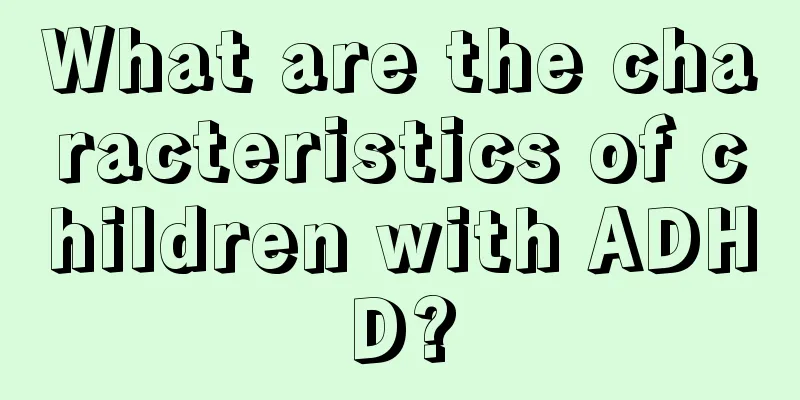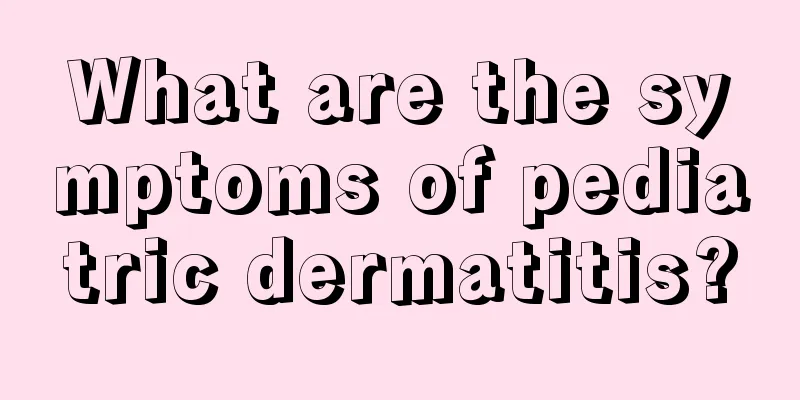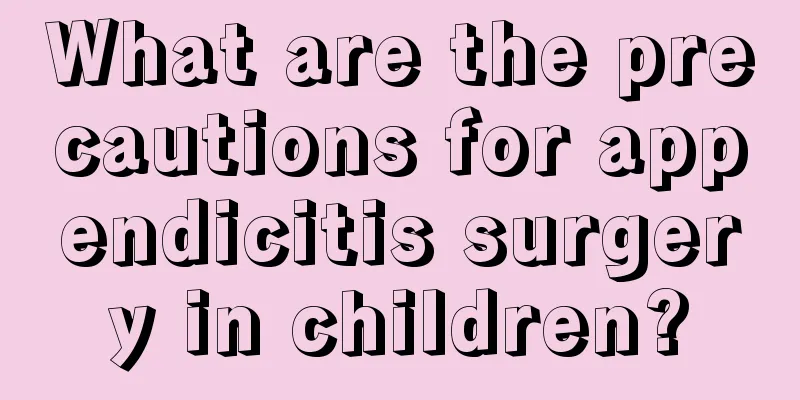What should I do if my child has rash?

|
The health of children is very important, and it is particularly important for parents, because children's bodies are very fragile, and it is easy for them to suffer serious adverse consequences due to some simple illnesses. For example, rash on children is one of the common factors. This phenomenon is a typical disease problem and is very detrimental to the growth and development of children. Let's take a look at what to do if children have rash on them? Urticaria is more likely. It is an allergic reaction. (1) Antihistamine drugs ①H receptor antagonists have strong anti-histamine and anti-other inflammatory mediator effects and are effective in treating various types of urticaria. Doxepin is a better choice of drug for patients with urticaria who are not responsive to traditional antihistamines. (2) Drugs that inhibit mast cell degranulation and reduce histamine release ① Meta-hydroxyisobutyrine sulfate is a β2 adrenergic receptor stimulator that can increase the concentration of cAMP in the body, thereby inhibiting mast cell degranulation. ② Ketotifen inhibits mast cell degranulation and prevents the release of inflammatory mediators (such as histamine, slow-reacting substances, etc.) by increasing the concentration of cAMP in the body. Its suppressed. It is stronger and faster than sodium cromoglycate and can be taken orally. ③Sodium cromoglycate can block the binding of antigen and antibody and inhibit the release of inflammatory mediators. If used in combination with glucocorticoids, the dosage of the latter can be reduced and the therapeutic effect can be enhanced. ④ Tranilast reduces the release of histamine by stabilizing the mast cell membrane. (3) Glucocorticoids It is a second-line drug for the treatment of urticaria. It is generally used when severe acute urticaria, urticarial vasculitis, pressure urticaria are ineffective with antihistamines, or when chronic urticaria is severely stimulated. It is given by intravenous drip or orally, and long-term use should be avoided. Commonly used drugs are as follows: ① prednisone; ② triamcinolone; ③ dexamethasone; ④ diprosone. In emergency situations, hydrocortisone, dexamethasone, or methylprednisolone is given intravenously. (4) Immunosuppressants When patients with chronic urticaria have an autoimmune basis, the disease recurs, and the above treatments cannot achieve satisfactory results, immunosuppressants can be used. Cyclosporine has a good therapeutic effect. Azathioprine, cyclophosphamide, methotrexate and immunoglobulin can all be tried. Tripterygium wilfordii also has a certain therapeutic effect. Due to the high incidence of side effects of immunosuppressants, they are generally not recommended for the treatment of urticaria. |
<<: What should I do if my child can’t sit still in class?
>>: What causes jaundice in children?
Recommend
Favorite Dinner Recipes for Kids
Many mothers are also very concerned about their ...
Why are baby's eyes purple?
The baby's physical condition is constantly c...
What causes redness and pain on a girl's vulva?
The girls' genitals are very private and sens...
Occult blood in children's urine?
If a child has occult blood in his urine and has ...
What are the dangers of adenoids hypertrophy in children?
In recent years, adenoids hypertrophy is a common...
The harm of tics to children's health
Children's physical health is an issue that p...
How to supplement iron for eight-month-old babies
Children have a great need for iron as they grow,...
Why does my baby cough and have phlegm in the morning?
The baby is a treasure in the eyes of parents. Th...
Why does my child blink frequently?
Children's health is a matter of concern for ...
Does the router have any effect on babies?
The Internet has penetrated deeper and deeper int...
What to do if your child has low blood sugar
Children are more likely to get sick because of t...
How can children grow taller and stronger?
How tall a child can grow has a lot to do with th...
Treatment of facial tics in children
Facial cramps in children are some of the common ...
What to do if a child has tooth decay?
What should I do if my child has tooth decay? Too...
What is the difference between tics and ADHD?
Both tics and ADHD often occur in children and ha...









